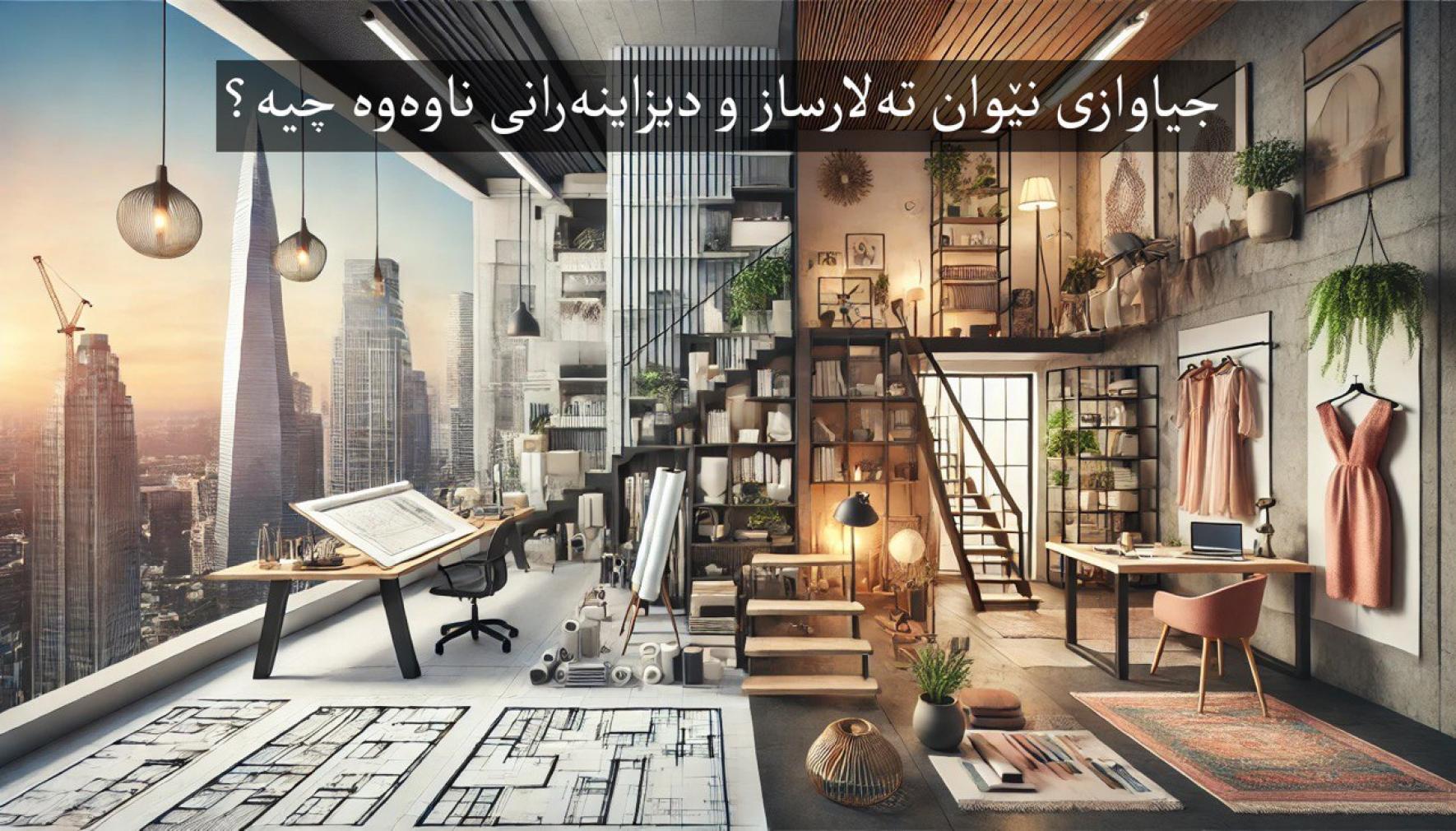the difference between architect and interior designers.
The roles of an architect and an interior designer may overlap, but each focuses on different aspects of the built environment. While both contribute to creating functional and aesthetically pleasing spaces, interior designers bring a unique, specialized skill set that often provides more value in terms of personalized design.
What are the Differences Between an Architect and an Interior Designers?
1. Scope of Work
Architects are responsible for the structural design and planning of buildings. Their work involves designing the exterior and interior of a structure, ensuring it meets regulatory codes, building safety standards, and functionality. Architects focus on the building\\'s overall form, systems (like plumbing and electrical), and how it integrates into its environment.
Interior designers, however, focus primarily on the interiors—transforming spaces inside the building to meet the client\\'s needs, style, and functional requirements. They specialize in layouts, materials, furniture, color schemes, and the overall feel of a space, ensuring it is both beautiful and practical.
2. Design Focus
Architects deal with the overall structure, dimensions, and exterior facades. Their designs are about creating the skeleton of the building and ensuring the safety, functionality, and sustainability of the structure. They manage how the building interacts with the environment, and the use of space from a broader, more functional perspective.
Interior designers, on the other hand, work in a more detail-oriented way. They focus on making spaces more livable and aesthetically aligned with the user’s preferences. Interior designers bring their expertise to furniture arrangement, materials, textures, lighting, and color, making sure the space reflects the personality and lifestyle of its occupants.
3. Client Interaction and Personalization
Interior designers often have more direct, ongoing interaction with clients. They take the time to understand a client’s lifestyle, needs, and aesthetic preferences, translating those into personalized spaces. Interior designers can often rework existing spaces, adapting layouts and designs to optimize the function of a room without altering the structure.
Architects may have limited interaction with clients once the building design is set in motion, as their primary focus is ensuring the feasibility and safety of the overall project.
4. Expertise in Design Detail
While architects are trained to manage large-scale projects and ensure structural integrity, interior designers are experts in detail. They select furniture, materials, lighting, and finishes that best complement the architectural design. Interior designers have a keen eye for creating cohesive, harmonious environments by combining functionality with visual appeal.
5. Space Utilization
Interior designers often excel at transforming spaces to maximize comfort and usability. Whether dealing with small apartments or expansive homes, they know how to make spaces feel more open, cozy, or efficient based on the needs of the occupants. Their ability to make use of every corner in a room, select multi-functional furniture, and create solutions elevates their importance in any design project.
Why Interior Designers Bring Extra Value
Interior designers are more than just decorators; they are experts in creating environments that foster productivity, well-being, and emotional connection. By designing spaces that cater to the client\\'s lifestyle, interior designers provide a level of personalization that architects may not be able to achieve within their scope.
They understand how spaces should feel and function on a daily basis, which gives them a critical role in enhancing quality of life and boosting both aesthetic and practical value, their skill in integrating design elements that blend seamlessly with architectural features ensures that interiors are not just functional but are also an experience that resonates with those who live or work in them., interior designers have a unique ability to curate atmospheres—whether tranquil, energizing, or inspiring—that go far beyond what a building\\'s structure alone can provide.
This Article was prepared By the alumni of the interior design department:
Aland Abdalla


